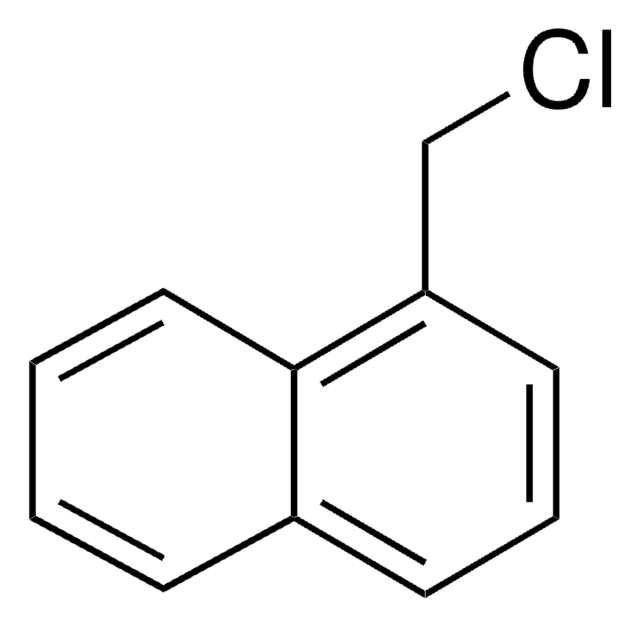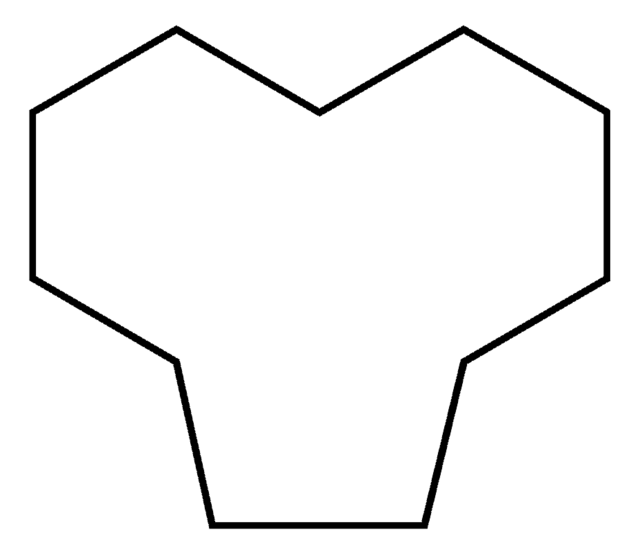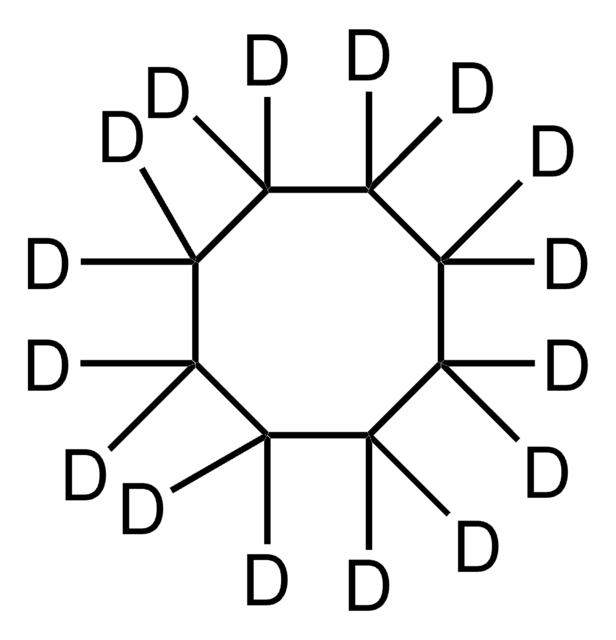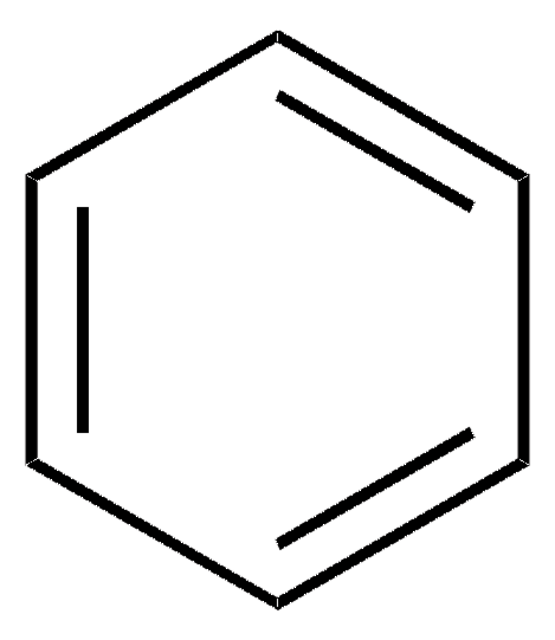All Photos(1)
About This Item
Empirical Formula (Hill Notation):
C7H14
CAS Number:
Molecular Weight:
98.19
Beilstein/REAXYS Number:
1900279
EC Number:
MDL number:
UNSPSC Code:
12352100
PubChem Substance ID:
NACRES:
NA.22
Recommended Products
vapor pressure
44 mmHg ( 37.7 °C)
Quality Level
assay
98%
form
liquid
refractive index
n20/D 1.445 (lit.)
bp
118.5 °C (lit.)
mp
−12 °C (lit.)
density
0.811 g/mL at 25 °C (lit.)
SMILES string
C1CCCCCC1
InChI
1S/C7H14/c1-2-4-6-7-5-3-1/h1-7H2
InChI key
DMEGYFMYUHOHGS-UHFFFAOYSA-N
Looking for similar products? Visit Product Comparison Guide
signalword
Danger
hcodes
Hazard Classifications
Asp. Tox. 1 - Flam. Liq. 2
Storage Class
3 - Flammable liquids
wgk_germany
WGK 2
flash_point_f
42.8 °F - closed cup
flash_point_c
6 °C - closed cup
ppe
Eyeshields, Faceshields, Gloves, type ABEK (EN14387) respirator filter
Choose from one of the most recent versions:
Already Own This Product?
Find documentation for the products that you have recently purchased in the Document Library.
Customers Also Viewed
Jossue Ortiz-Álvarez et al.
Journal of basic microbiology, 59(8), 792-806 (2019-08-02)
The aim of this study was to examine four strains of two yeast species in relation to their capability for assimilating alkanes in the presence of heavy metals (HMs). The four strains tested were Candida pseudoglaebosa ENCB-7 and Kodamaea ohmeri
Amanda L Pitts et al.
Journal of the American Chemical Society, 136(24), 8614-8625 (2014-05-16)
Carbon-hydrogen bond activation reactions of four cycloalkanes (C5H10, C6H12, C7H14, and C8H16) by the Cp'Rh(CO) fragments (Cp' = η(5)-C5H5 (Cp) or η(5)-C5Me5 (Cp*)) were modeled theoretically by combining density functional and coupled cluster theories, and their reaction rates were measured
Michael H Abraham et al.
European journal of medicinal chemistry, 44(2), 885-890 (2008-07-08)
The convulsant activity of 48 compounds studied by Eger et al. has been analyzed using an Abraham solvation equation. Four compounds identified by Eger et al. as more potent than expected were similarly identified, and for the remaining 44 compounds
A A Toropov et al.
European journal of medicinal chemistry, 43(4), 714-740 (2007-07-17)
Simplified molecular input line entry system (SMILES) has been utilized in constructing quantitative structure-property relationships (QSPR) for octanol/water partition coefficient of vitamins and organic compounds of different classes by optimal descriptors. Statistical characteristics of the best model (vitamins) are the
Our team of scientists has experience in all areas of research including Life Science, Material Science, Chemical Synthesis, Chromatography, Analytical and many others.
Contact Technical Service
















